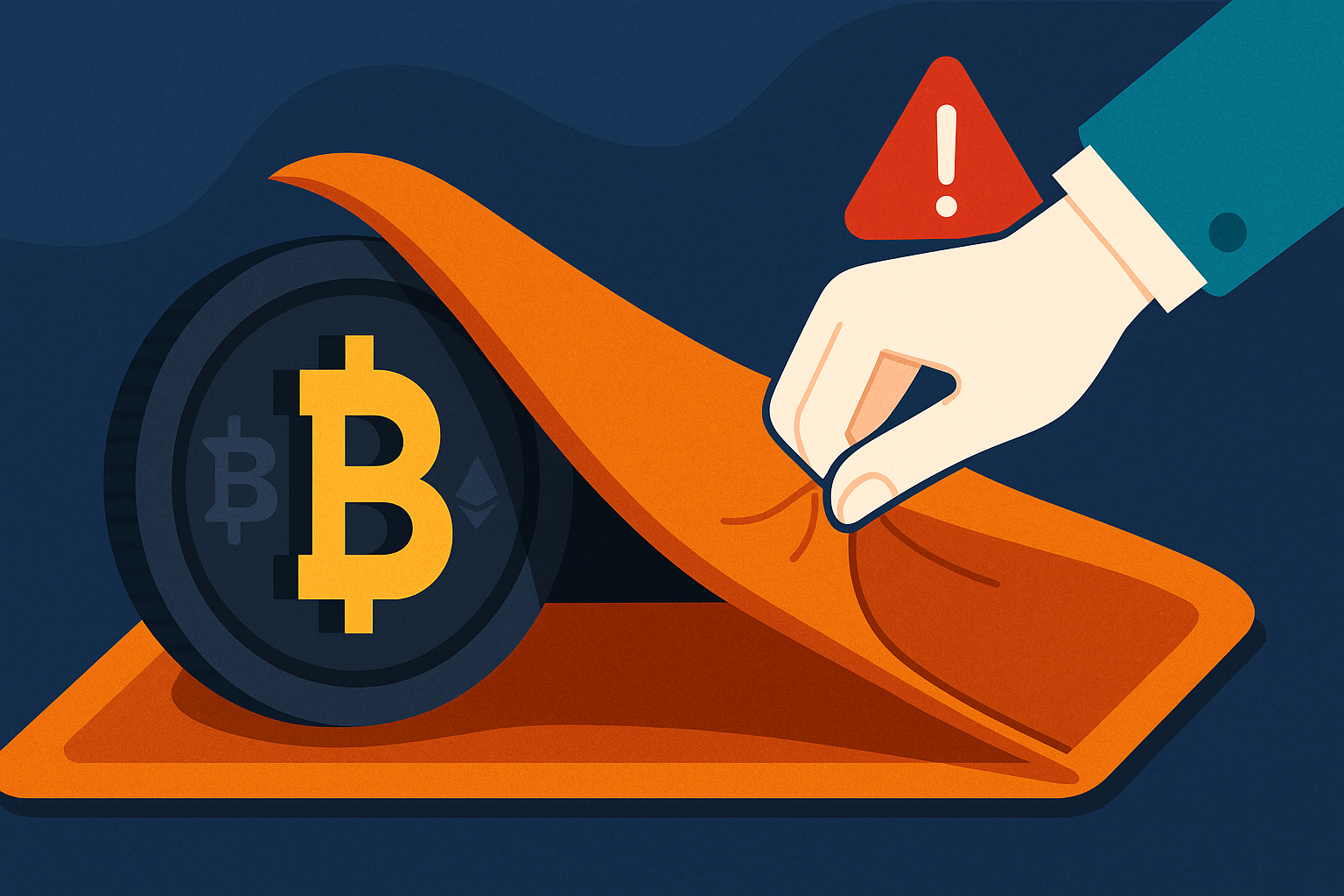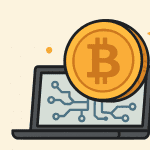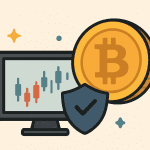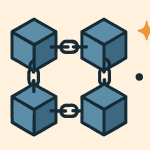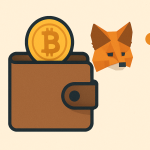If you’re new to crypto, you’ve probably heard stories of people losing money in something called a rug pull. But what exactly is a rug pull — and how can you avoid it?
In this beginner-friendly guide, we’ll explain what a rug pull is, how it works, common warning signs, and simple steps to protect yourself.
Contents
What Is a Rug Pull?
A rug pull is a type of scam in the crypto world. It happens when the people behind a project suddenly take all the money and disappear — like pulling the rug out from under investors.
Rug pulls usually happen with new tokens or DeFi (decentralized finance) projects that seem exciting and promising at first. The team promotes the project, gets people to invest, and then runs away with the funds.
How Do Rug Pulls Work?
Here’s a simple example:
-
Scammers create a new token or project (like a meme coin or DeFi app).
-
They build a website and make it look professional.
-
They promote it on social media, promising big rewards or fast gains.
-
Investors buy the token and the price goes up.
-
The scammers sell all their tokens or remove all the money from the liquidity pool.
-
The token price crashes to zero — and the scammers vanish.
It’s fast, sneaky, and happens more often than you might think.
Types of Rug Pulls
There are a few common types of rug pulls:
1. Liquidity Rug Pull
The scammers remove all the money from the liquidity pool, making it impossible for anyone else to sell their tokens.
2. Pump and Dump
The team hypes up the token, then dumps their own large supply for profit, crashing the price.
3. Malicious Code
The smart contract has hidden code that lets the developers block selling or drain funds.
Red Flags to Watch For
Here are signs a project might be a rug pull:
🚩 Anonymous Team
You can’t find any real information about who is behind the project.
🚩 Too Good to Be True
Promises of “1000x returns,” guaranteed profits, or “risk-free” staking.
🚩 No Audit
The smart contract hasn’t been reviewed by a trusted auditor.
🚩 Low Liquidity
The liquidity pool is small or controlled by the developers.
🚩 Locked or Suspicious Code
The contract prevents people from selling or has odd functions.
🚩 No Real Community
Lots of bots, fake hype, or no real users asking real questions.
Real Examples of Rug Pulls
-
Squid Game Token (SQUID)
Pretended to be linked to the popular Netflix show. Went from $2,800 to $0 in minutes — and investors couldn’t sell. -
DeFi100
A fake DeFi platform that ran off with millions of dollars and posted “we scammed you” on their website.
These are just two of many examples. Scams happen across all blockchains — Ethereum, BSC, Solana, and others.
How to Avoid Rug Pulls
Here are simple tips to stay safe:
✅ Research the Team
Only invest in projects with transparent, real developers.
✅ Check for Audits
Look for third-party audits from trusted firms like CertiK or Hacken.
✅ Read the Smart Contract (or get help)
Avoid projects with hidden code or no public contract.
✅ Use Reputable Platforms
Stick to well-known DEXs (like Uniswap or PancakeSwap) and avoid random links.
✅ Start Small
If you’re trying something new, never put in more than you’re willing to lose.
✅ Avoid Hype-Only Projects
If it’s all talk and no product, it might be a scam.
Bonus Tip: Use Token Check Tools
There are online tools that help you check if a token is risky:
-
TokenSniffer – Analyzes new tokens for common scam patterns.
-
Dextools / PooCoin – Show liquidity and price data for new tokens.
-
RugDoc – Focuses on DeFi project safety.
While no tool is 100% perfect, they can help you spot early warning signs.
Final Thoughts
Rug pulls are one of the most common scams in crypto, especially for beginners. They often look fun, fast, and promising — but they’re really traps.
The best way to protect yourself is to take your time, do your research, and never invest based on hype alone.
Crypto can be exciting, but it’s also full of risk. Stay smart, stay careful, and always ask questions before you click “Buy.”
